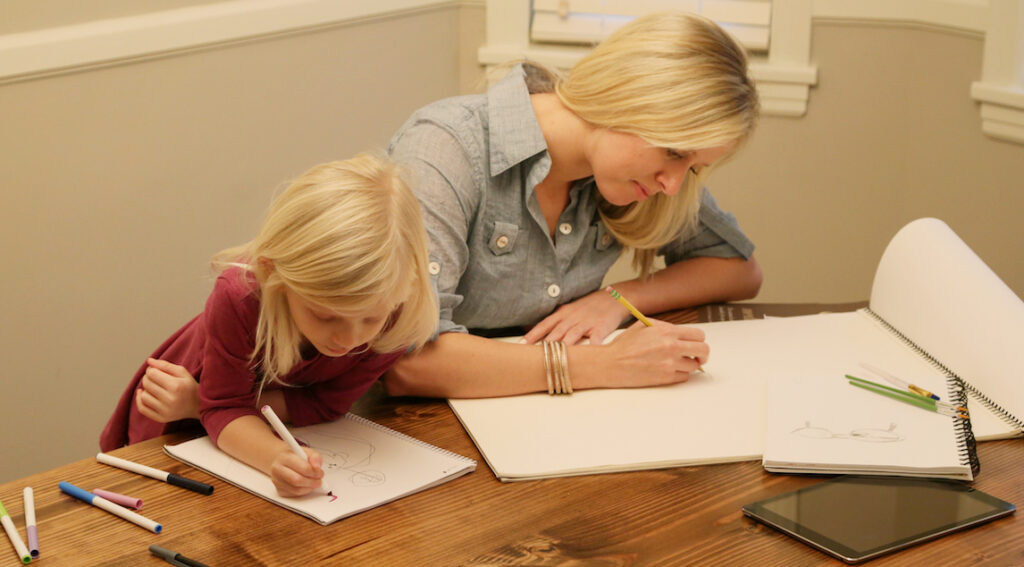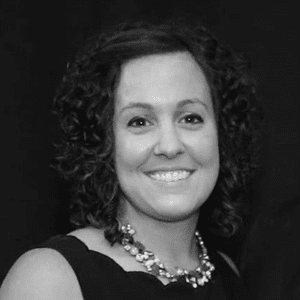You probably entered the field of education, in part, because you love to learn. That thirst for new knowledge is usually strong at the beginning of your career. Over time, however, one of two things often occurs.
As time goes on, some teachers lose their drive. They get comfortable with how they do things and lose the urge to push themselves outside of their comfort zones.
On the other hand, other teachers never stop pushing themselves to learn new things. They are constantly adapting and evolving, right up until the day they retire (and beyond!). These individuals are lifelong learners.
But, what does being a lifelong learner look like?

What type of learning counts and what doesn’t? Does the learning always have to happen between the walls of a traditional classroom or institution to be considered valid? What does it mean to truly grow and evolve over a lifetime?
For a little help, let’s look to the dictionary, which describes lifelong learning as:
“the provision or use of both formal and informal learning opportunities throughout people’s lives to foster the continuous development and improvement of the knowledge and skills needed for employment and personal fulfillment.”
Let’s pull this definition apart and relate it to the career of an art educator.
A lifelong learner uses formal opportunities to learn.
Formal learning opportunities can be anything from taking a pottery class at the local art center to earning a Ph.D. These are the traditional forms of learning we automatically think of. Things like taking a graduate class, obtaining a higher degree, or enrolling in a community education class. These are accomplishments you’d feel proud adding to a resume.
A lifelong learner uses informal opportunities to learn.
Informal opportunities also come in many shapes and forms. You might have an insightful conversation with a colleague to discuss classroom management. Or, you might read an article on the web or listen to a podcast on your way to work on a topic of interest. You could even watch an amazing teacher in action and implement a new strategy in your classroom the very next day.

Lifelong learning is continuous.
With advances in technology, it’s never been easier for curious individuals to learn whatever they want whenever they want. You no longer have to wait five months for a conference or a whole year for a book release. You can learn something new right now online, often for free. This type of learning can be just as useful as more traditional methods.
Subscription services are another great example of a modern way to continuously learn. Simply subscribe, and the information is available to you at any hour of the day. This is how AOE’s Art Ed PRO works. New learning packs are added each month, so you’re able to continuously dig into topics you find interesting.
Today’s lifelong learners are lucky to live in this day and age where these types of on-demand services are becoming available for all areas of life! How cool to be able to fit your learning into your busy life in a way that works for you.
The Importance of Knowing Your Needs and Your Season
Even if you identify as a lifelong learner, it’s important to know how to adjust your learning according to the following two factors:
- The type of information you need.
- Your current stage of life and/or career.
For example, a new teacher may be someone who is looking for free or affordable resources (we’ve all been there!) to help get through those tough first years. A mid-career teacher may be looking to obtain a higher degree to climb the pay scale. Finally, a teacher nearing retirement may not be looking to start a Ph.D. program, but they may learn tons of new techniques via YouTube.
In the way the stage of your career can help define what types of learning you look for, the stage of your life can as well.
For example, a parent with young children might opt for digital opportunities over in-person ones, so there is more time to spend with their family.

All lifelong learners will use a combination of methods throughout their lives to fit their needs. The key is never to give up, to see yourself as a work in progress and to continually keep that zest for learning alive!
We’ve even had some art teachers tell us they postponed retirement because they learned some many new things from AOE they couldn’t wait to try! Now that is the true milestone a lifelong learner!
What is one of your favorite ways to continue learning in this profession?
How has your learning changed over the course of your life and career?
Magazine articles and podcasts are opinions of professional education contributors and do not necessarily represent the position of the Art of Education University (AOEU) or its academic offerings. Contributors use terms in the way they are most often talked about in the scope of their educational experiences.





